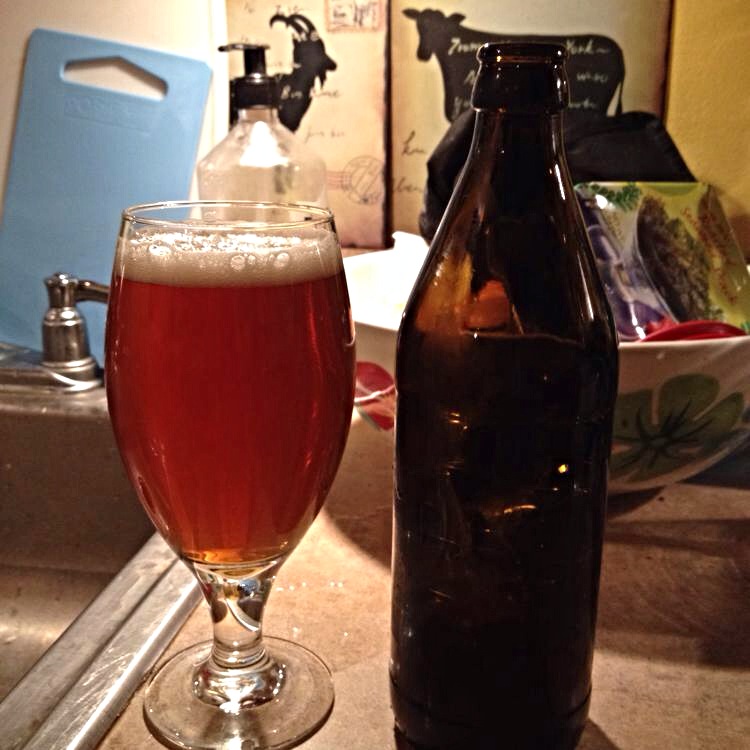Skeptidelphian
Well-Known Member
Hey all,
I recently acquired a party pig and since I hear they're good for cask ales, was looking to put together a best bitter to show it off.
Efficiency is 70%, boil length 60 minutes, boil size ~7.25 gallons, and setup is all grain.
Grain
• 7.5 lbs Maris Otter
• 1 lb English Crystal 60L
• 1 lb Torrified Wheat
Hops
• 0.5 oz AAU Kent Goldings, FWH
• 7 AAU Challenger, Bittering, 60 minutes
• 0.5 oz Kent Goldings, Aroma, knockout
Yeast
• 1 Vial WLP 002
Other
• Whirlfloc
• Gypsum (I have good brewing water, just a little low on sulfate)
Fermentation
• Primary 66°F until complete
• Condition 1 week in primary
• Overnight cold crash
• Rack to Party Pig/Bottle, 2.0 volumes of CO2
• Condition 1 week
The points I'm most concerned about are yeast choice and the grain bill. I've seen some more complex bitter recipes but from what I've seen the Brits are a little simpler in their bills. I'm trying to adhere to the 80/10/10 ration for the most part. What about yeast? Is there a better strain out there than 002? I like it primarily because it's so damn flocculent.
I'm trying to put my best effort, process, and ingredients into this beer so it's worthy of the appellation "Best".
Thanks!
I recently acquired a party pig and since I hear they're good for cask ales, was looking to put together a best bitter to show it off.
Efficiency is 70%, boil length 60 minutes, boil size ~7.25 gallons, and setup is all grain.
Grain
• 7.5 lbs Maris Otter
• 1 lb English Crystal 60L
• 1 lb Torrified Wheat
Hops
• 0.5 oz AAU Kent Goldings, FWH
• 7 AAU Challenger, Bittering, 60 minutes
• 0.5 oz Kent Goldings, Aroma, knockout
Yeast
• 1 Vial WLP 002
Other
• Whirlfloc
• Gypsum (I have good brewing water, just a little low on sulfate)
Fermentation
• Primary 66°F until complete
• Condition 1 week in primary
• Overnight cold crash
• Rack to Party Pig/Bottle, 2.0 volumes of CO2
• Condition 1 week
The points I'm most concerned about are yeast choice and the grain bill. I've seen some more complex bitter recipes but from what I've seen the Brits are a little simpler in their bills. I'm trying to adhere to the 80/10/10 ration for the most part. What about yeast? Is there a better strain out there than 002? I like it primarily because it's so damn flocculent.
I'm trying to put my best effort, process, and ingredients into this beer so it's worthy of the appellation "Best".
Thanks!




